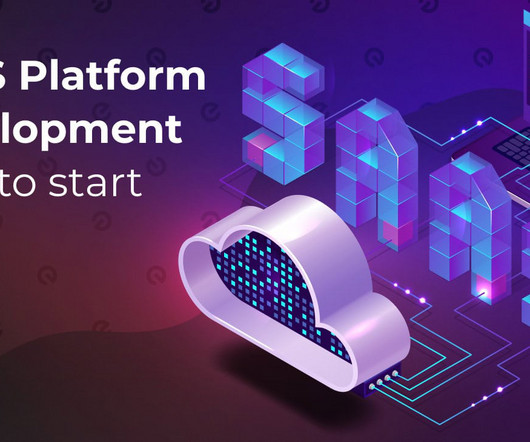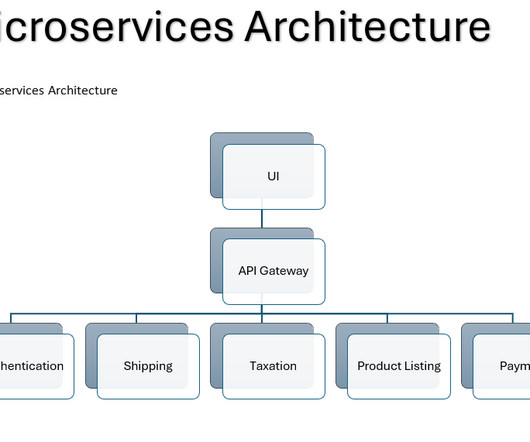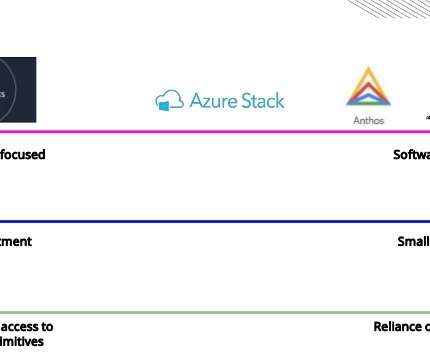Cloud Load Balancing- Facilitating Performance & Efficiency of Cloud Resources
RapidValue
APRIL 20, 2020
Cloud load balancing is the process of distributing workloads and computing resources within a cloud environment. Cloud load balancing also involves hosting the distribution of workload traffic within the internet. Cloud load balancing also involves hosting the distribution of workload traffic within the internet.






















Let's personalize your content